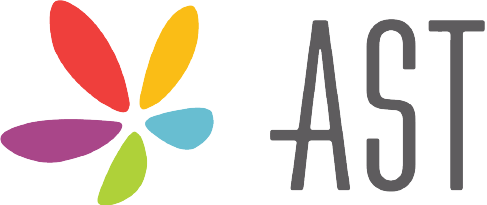December 15, 2025
An Outsider’s Path to Feeling Embraced as a Hispanic-American-Autistic
FEATURED POSTS
November 25, 2025
Dana Trick is on the cusp of the Millennial generation and Gen Z. She feels in between when it comes to a lot of things: being high-functioning and autistic, being white and mixed race, being adult and not-quite-grown-up.
Sometimes, she writes about those worlds colliding. She has written that “the most infuriating and biggest myth surrounding the autism spectrum is that most people believe it only affects Caucasian boys.”
In an essay she penned last year for The Art of Autism, Trick said she doesn’t really like misconceptions she sees as doing more harm than good. She has been on the receiving end of lots of labels herself.
In addition to being autistic, she is a first-generation Mexican-Canadian-American. Her coming of age has meant not only finding a way to manage her autism but also finding a way to feel embraced by her Hispanic heritage.
Finding Her Identity
Autism is under-diagnosed in the Hispanic community. The Centers for Disease Control has identified inequities when it comes to being autistic and Hispanic. Latino families face barriers when it comes to diagnosis and access to healthcare, especially if they are low-income or don’t speak English as their primary language, the CDC says.
Growing up in Moorpark, Calif., Trick did not feel any of those inequities. There was no language barrier or immigration stigma. She was diagnosed on the autism spectrum around the time she started school, just like some of her peers.
“I am mainly white-passing,” she says. “So, I haven’t much received any inequities in my diagnosis and treatment.”
But she has had trouble finding autism representation that reflects her identity. As a teen who loved watching television, the people she saw who were autistic, like the white, male, fictional physicist character Sheldon Cooper on “The Big Bang Theory,” did not look like her.
“I only had a few representations as a Mexican-American and fewer ones that I liked,” Trick says. “Recently, I’ve seen more non-white and female representation of autism, such as Abed from ‘Community’ and Entrapta from ‘She-Ra.’ I feel that my Mexican-American identity and my autistic identity are fighting over each other to be me.”
Adapting to Her Culture
Trick is aware of the realities of being a high-functioning autistic person in her culture. Over the years, she’s learned to adapt.
“Mexican-American family gatherings are always big and chaotic,” she says. “There were a lot of sounds coming from practically everyone in the house. I mostly had to hide in a somewhat quiet room until I was called, or we were leaving.”
As an adult, she tries to interact more with her relatives, though with varying results. When they speak Spanish, she says she feels like “a white friend of the family” who doesn’t understand. When things get too loud, she finds her own happy space.
“I mainly read with headphones on and hear snippets of some conversations and sometimes give my input if they are interesting,” she says. “My relatives know by now that I like routine, and our outings try to be planned and organized to the best they can, but I became more flexible with routine over time as long as they are not sudden.”
Accepting Herself
Trick, who was a history major, loves books, comics, and cultural heritage. In her quiet, introverted way, she says she likes to seek out others who are mixed heritage and autistic, because the support is cathartic.
“I think acceptance of the self is best,” she says. “And learning your heritage and your autistic community and learning how to love and be yourself all the time is the best way to cope.”
Dana Trick recently received her associate’s degree in history from California State University. She volunteers at her local library and works part-time at Chumash Indian Museum in Thousand Oaks, Calif. She loves writing poems, short stories, fairytales, and comics about being an outsider to everything. She sometimes writes about autism.
Want to know more about LEARN’s commitment to Diversity, Equity and Inclusion? Watch our video.







